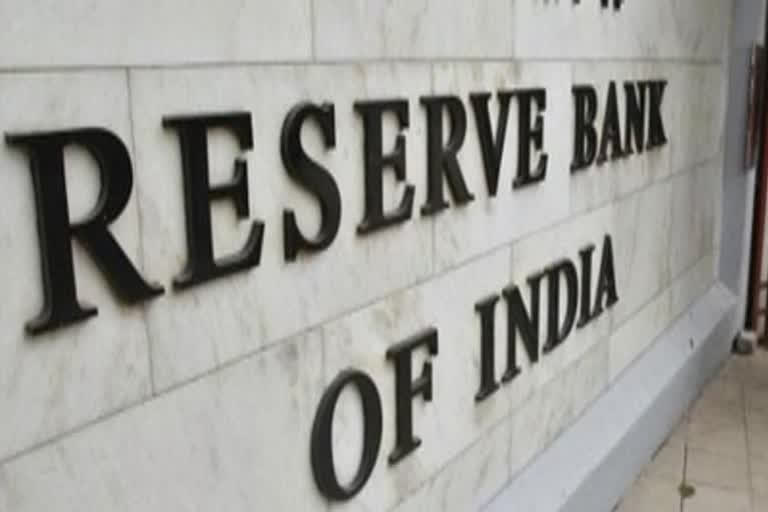New Delhi: Five years after demonetisation, despite the rise in digital payments, the pace of growth has been slow, while the number of notes in circulation witnessed a steady increase. The banknotes in circulation increased during 2020-21, primarily precautionary holding of cash by people due to the pandemic.
As per Reserve Bank of India (RBI) data, the notes in circulation increased from Rs 17.74 lakh crore as of November 4, 2016, to Rs 29.17 lakh crore as of October 29, 2021. The notes in circulation increased by Rs 2,28,963 crore on October 29, 2021, from Rs 26.88 lakh crore as of October 30, 2020.
Read: Demonetisation a boon or bane, debate continues even after five years
Also, the value and volume of banknotes in circulation rose by 16.8 per cent and 7.2 per cent respectively, during 2020-21 as against an increase of 14.7 per cent and 6.6 per cent respectively during 2019-20.
Post-Covid, as per official data, there has also been a huge increase in digital payments through mediums like debit/credit cards, net banking and Unified Payments Interface (UPI).
According to the National Payments Corporation of India (NPCI), UPI is fast emerging as a major mode of payment in the country.
On November 8, 2016, Prime Minister Narendra Modi had announced the demonetisation of Rs 500 and Rs 1000 notes, which were in circulation at that time, from midnight. The main objective of this decision was to promote digital payments and curb black money.
Read: Indian economy deteriorated due to demonetisation, hasty GST implementation: Congress
In 2016, the year when demonetisation was launched, 6.32 lakh counterfeit notes were seized across the country. A total of 8,34,947 fake Indian currency notes worth Rs 92 crore were seized in 2020 when compared to 2,87,404 notes worth Rs 25 crore in 2019.
Of the notes seized, the highest amount was in Maharashtra (Rs 83.6 crore worth fake currency), followed by Uttar Pradesh (Rs 3.9 crore) and West Bengal (Rs 2.4 crore).
The seizure of fake Indian currency notes in 2020 saw a 190.5 per cent rise from 2019, according to the data provided by the National Crime Records Bureau (NCRB).



